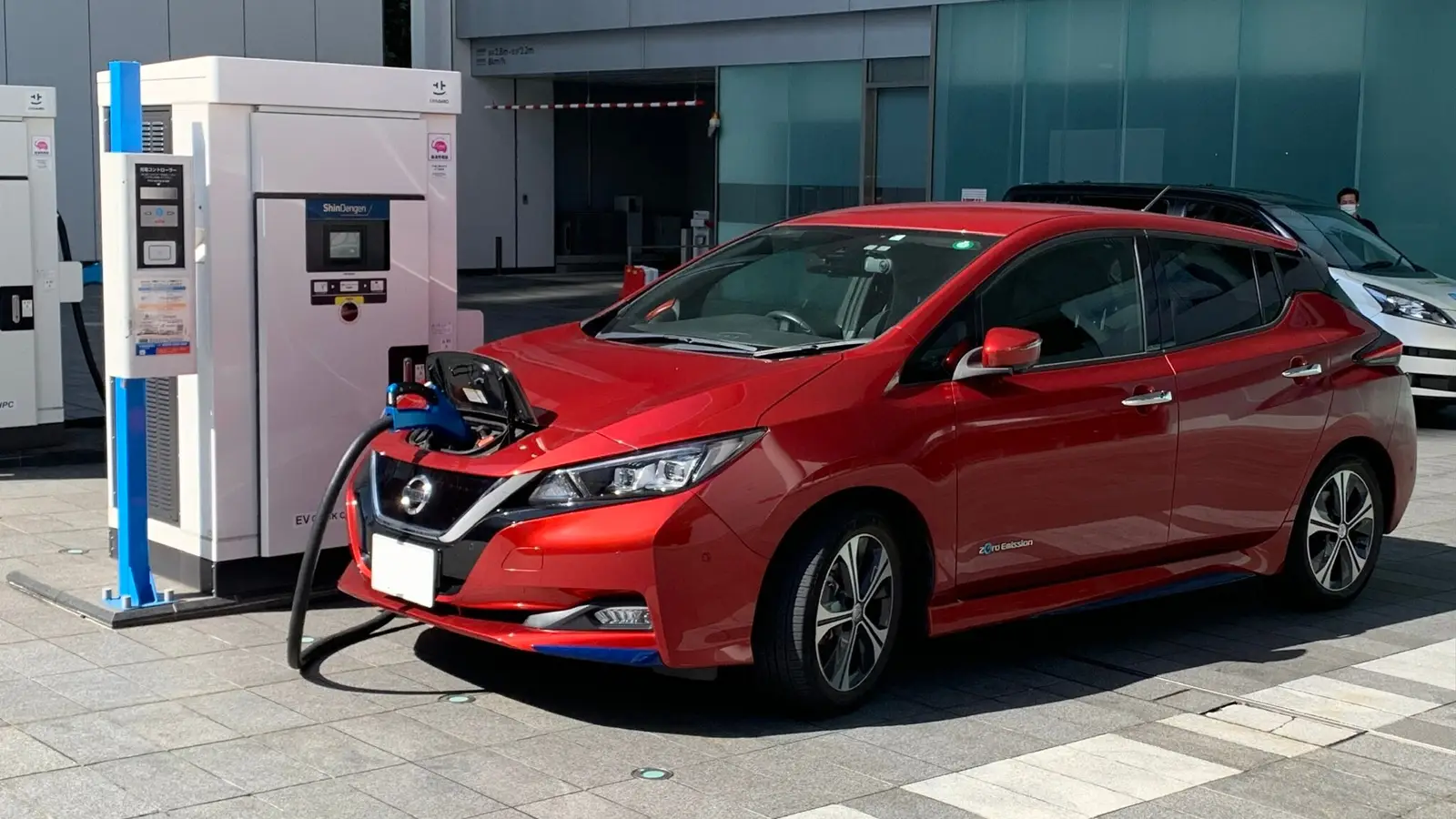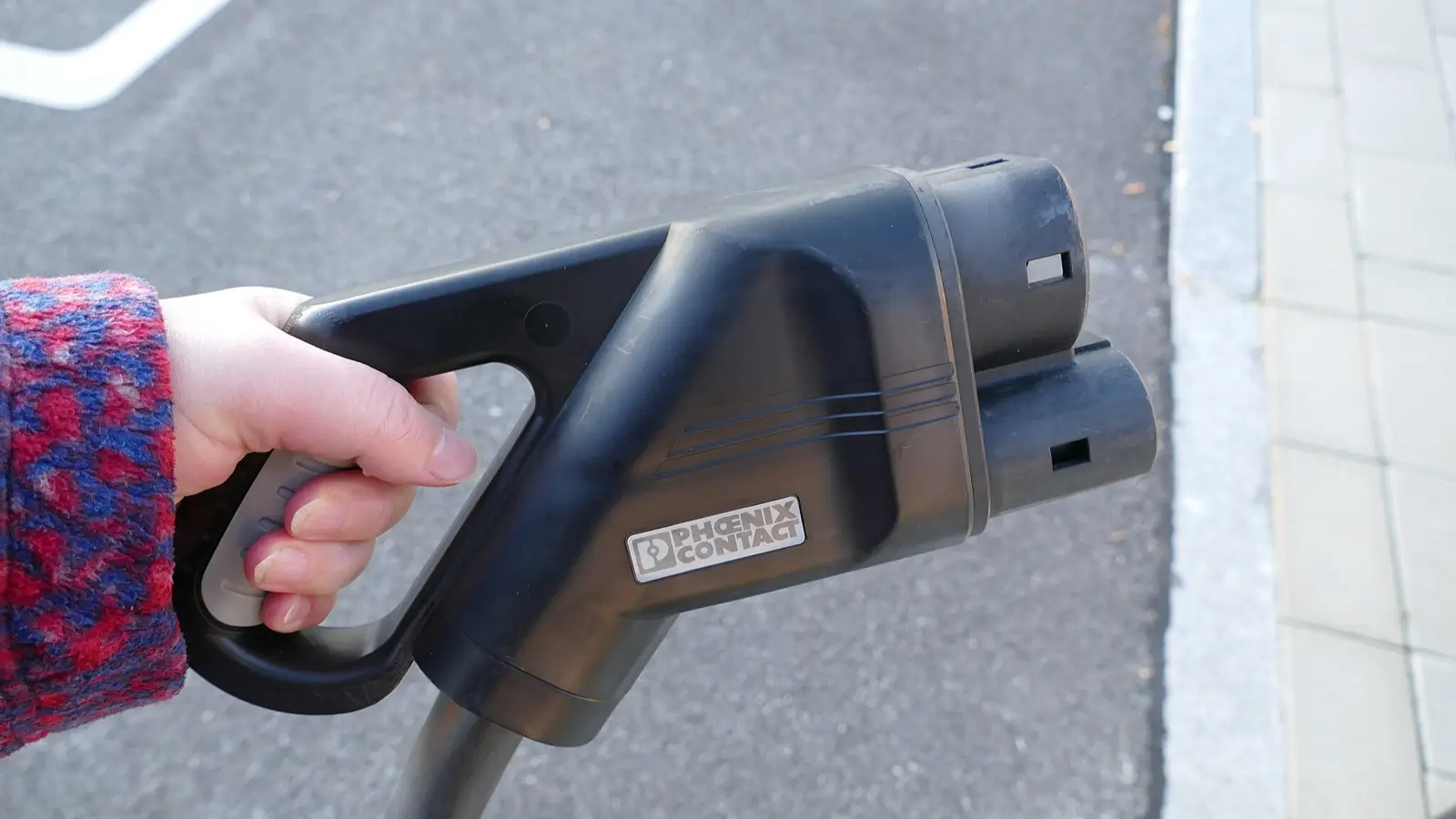Articles
Essential Tips for Maintaining Your Home EV Charging Station

Learn how to keep your home EV charger in top condition with simple maintenance tips. Avoid overheating, inefficiency, and potential hazards with regular inspections and care.
Electric vehicles have become a staple in modern transportation, and with them, home charging stations are now a common sight. However, many EV owners neglect maintenance, assuming that once installed, the charger will function flawlessly without any attention. In reality, failing to perform basic upkeep can lead to expensive repairs, vehicle damage, or even fires in extreme cases.
This article explores the key aspects of home EV charger maintenance, common user mistakes, and practical tips to extend your charger's lifespan.
Why Regular Maintenance Matters

Home charging stations are built for long-term use, but heavy usage, environmental factors, and natural wear and tear can significantly shorten their lifespan. Regular maintenance can help prevent issues such as:
- Overheating and melted connectors – A common failure in EV chargers. Dust, dirt, or worn-out contacts can create poor connections, increasing resistance and leading to dangerous heat buildup.
- Reduced charging efficiency – Dirty or damaged cables can lower energy transfer efficiency, making charging times longer.
- Fire hazards and electrical short circuits – Poor-quality components or improper installation can lead to serious accidents, as has been reported in some cases.
Essential Maintenance Tips for Your Home EV Charger

1. Regular Inspections and Cleaning
One of the simplest yet most effective ways to maintain your charger is through routine inspections. Experts recommend checking your charging equipment at least once a week.
- Clean connectors and the charger body to remove dust and debris. Use a soft cloth and avoid harsh chemicals that may damage the materials.
- Ensure the cable is not bent, twisted, or fraying at connection points.
2. Checking Cables and Connections
Cables play a crucial role in safe and efficient charging.
- Regularly inspect cables for cracks, wear, or mechanical damage. If a cable is compromised, replace it immediately rather than attempting a DIY fix.
- Store cables properly – don’t leave them coiled on the ground. Use a designated holder to keep them in good condition.
3. Firmware Updates
Modern chargers often come with smart features, allowing users to monitor charging via mobile apps. Manufacturers release firmware updates to:
- Improve charging efficiency;
- Fix software bugs;
- Introduce new features.
Check for available updates periodically and install them when needed.
4. Weather Protection
For outdoor installations, additional protective measures are necessary:
- Use waterproof covers or install the charger under a shelter.
- Ensure the charger’s enclosure rating (e.g., IP54 or higher) meets outdoor conditions.
5. Professional Inspections
While basic maintenance can be done independently, having a professional electrician inspect your charger occasionally is a good idea. A specialist can:
- Check internal connections for safety;
- Assess component wear and tear;
- Optimize charging settings for better performance.
Final Thoughts
A home EV charger is more than just a convenient add-on for your electric vehicle—it’s a key part of ensuring safe and efficient charging. Keeping it in good shape doesn’t require much effort, but simple routine checks, cleaning, and cable maintenance can prevent costly issues down the line.
Think about it: you wouldn’t skip your car’s maintenance, knowing it prolongs its life. Why treat your charger any differently? Keeping it in top condition not only protects your vehicle but also ensures your home’s electrical system remains safe.
Electric vehicles are here to stay, and the more people follow these simple guidelines, the smoother and safer this transition to a cleaner future will be.
2025, Feb 28 20:12


